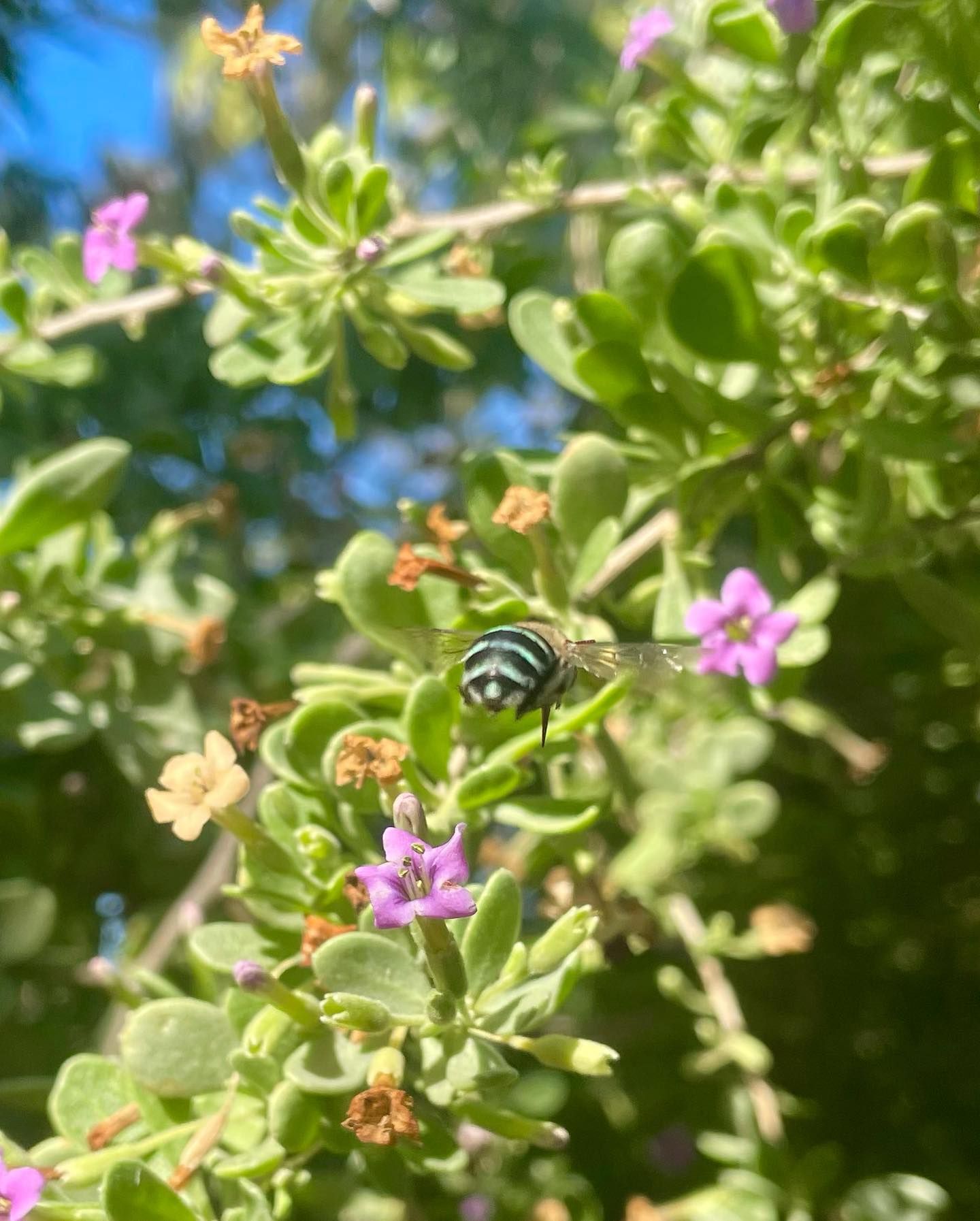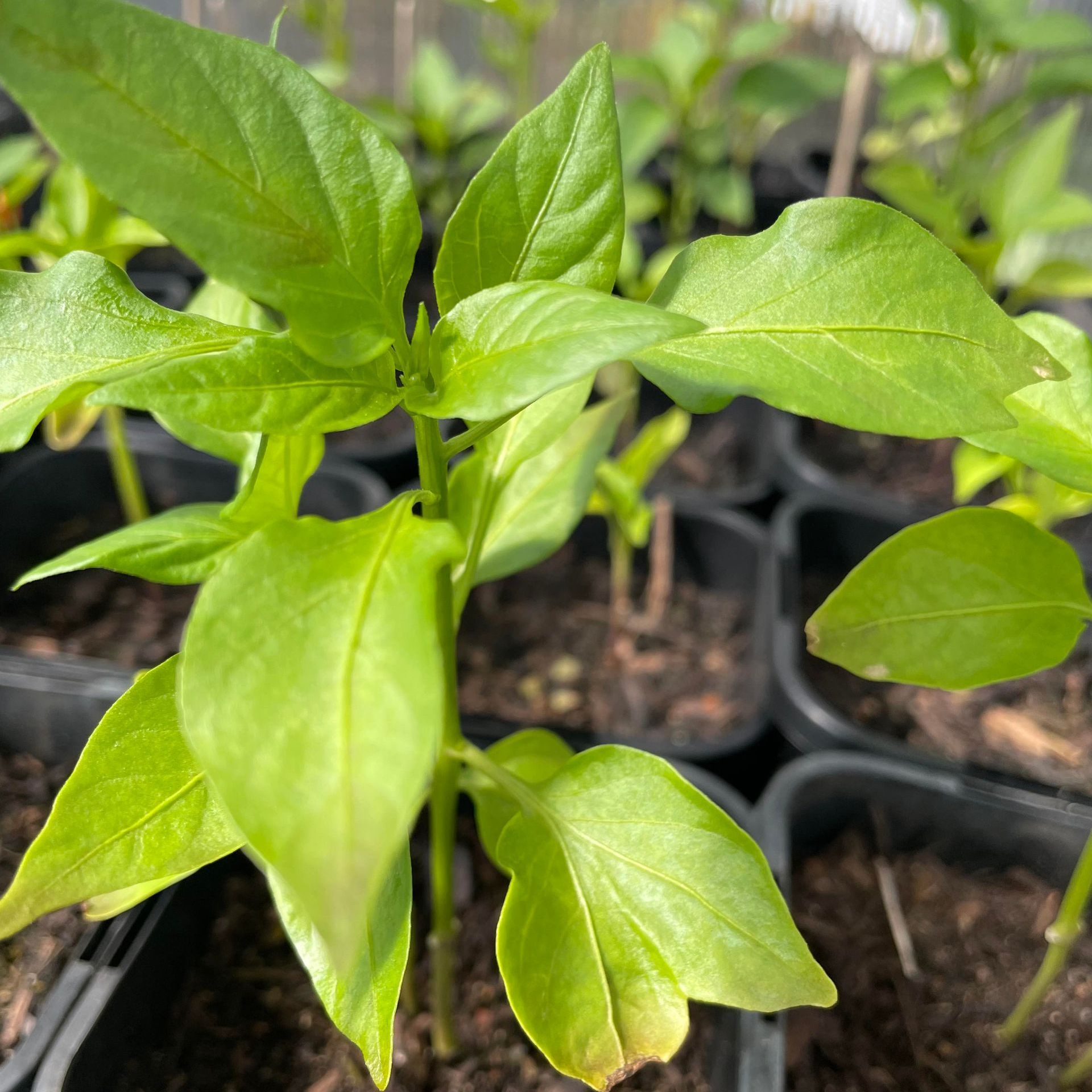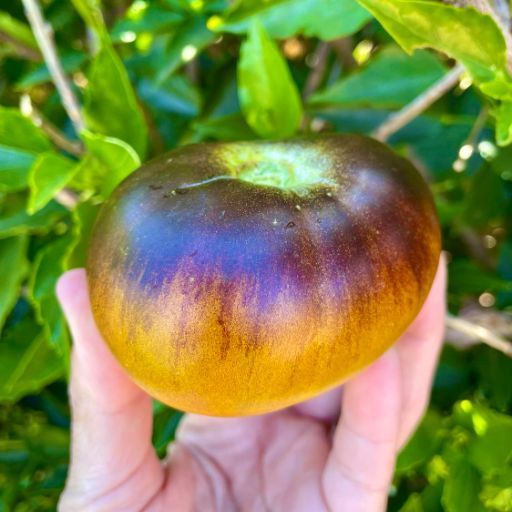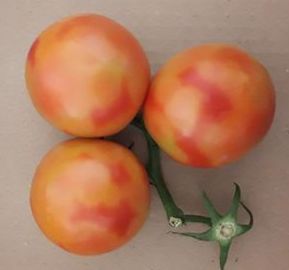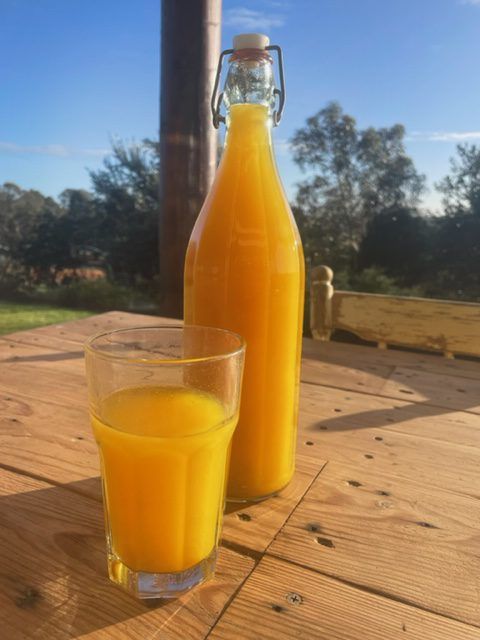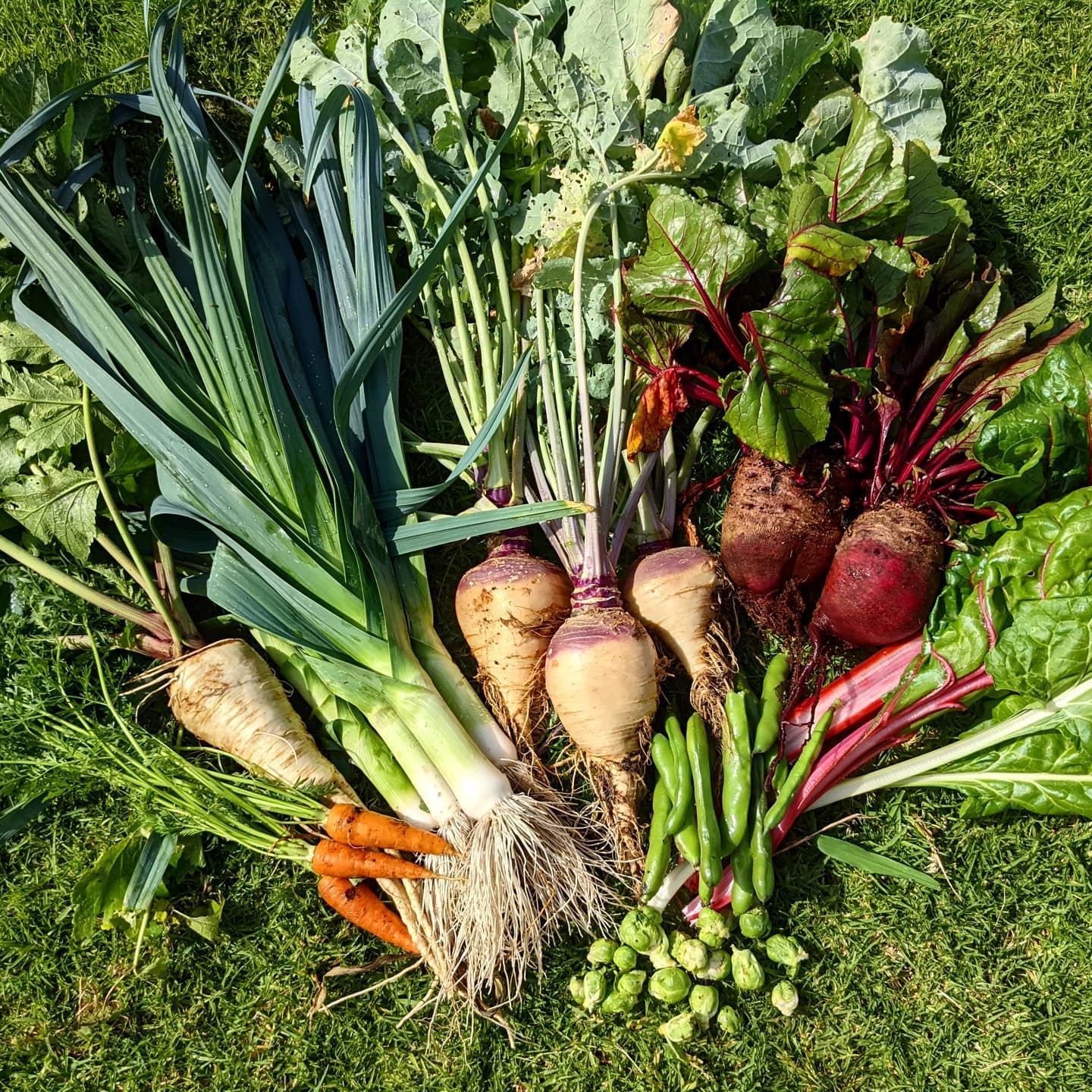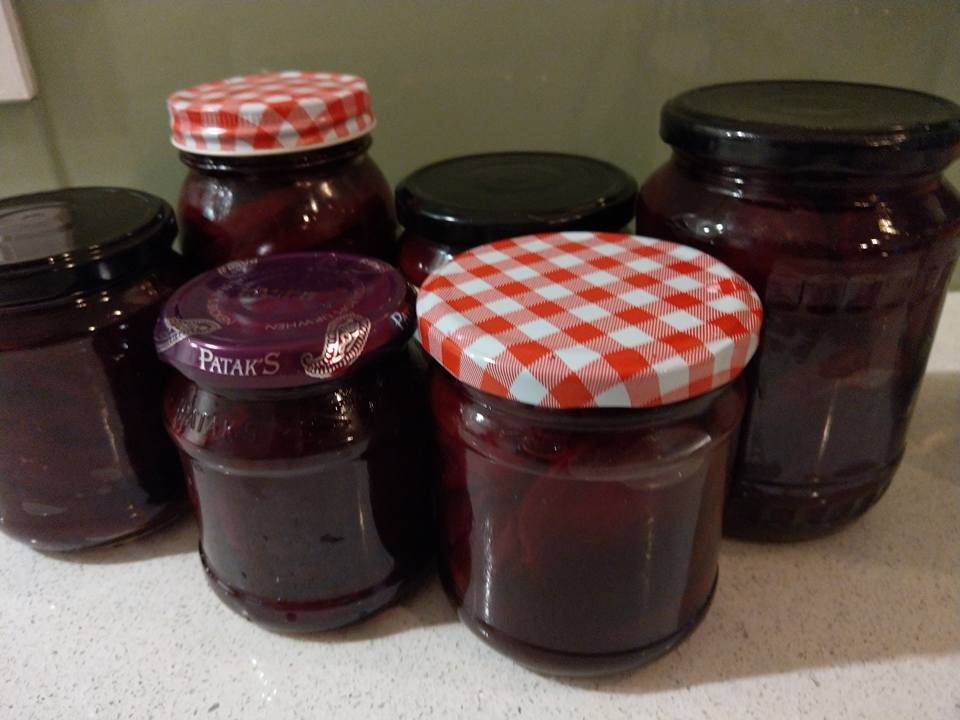Grow some green goodness!
A guide to growing an abundant supply of lettuce and leafy greens in your patch.
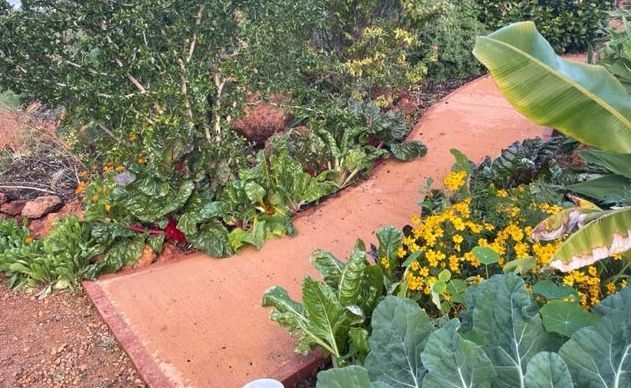
Would you like a constant supply of fresh, spray free and packaging free leafy greens and salad? Well, if the answer is yes, have a go at growing your own- it’s easier than you think, and you don’t even need a veggie patch!
Whether you’re in the tropical north, the temperate south, the arid interior or here in Perth’s Mediterranean climate there’s a leafy green for every garden.
Choosing the Right Greens for Your Climate and season - When selecting leafy greens, consider varieties that are well-suited to your local conditions. Many greens, such as lettuce, rocket, Swiss chard and kale, can grow in any of Australia’s climates. Here in Perth, Autumn is a great time to plant any of the above, it is also the perfect time to grow spinach and mustard greens. Whereas heat loving greens such as Egyptian spinach and Kang kong are well suited to the tropics and can be grown here in Perth during the Summer months.
I love growing Rainbow Swiss Chard as an ornamental border along the path down to the veggie patches *See picture above. Quick growing Mustard greens, lettuce and rocket are excellent plants to fill in gaps around the garden and can be interplanted between slower growing crops such as cauliflower, I generally sow lettuce, mustard greens and rocket directly from seed, this is especially easy during cooler damper months, it’s just a case of sprinkling some seed and raking over so the small seeds are covered and the winter rain and dew will take care of the rest. If you do not have a garden, leafy greens can be grown in a large pot or container, choose a size 30 litres or above and use good quality potting mix.
Soil Preparation- All greens love fertile, well-drained soil. Before planting, enrich the soil with compost, well-rotted manure, or worm castings. After planting, maintaining consistent moisture and adequate nutrients is crucial to prevent bitterness and bolting. Feeding every month with a liquid feed such as a homemade compost tea or fish emulsion and liquid kelp will ensure plants grow vigorously and will provide ongoing harvests for pick and come again varieties.
Harvesting Techniques For a longer harvest- only pick the mature leaves around the outside of plants like loose leaf lettuce and Swiss chards as needed, rather than harvesting the whole plant. This method extends the plant’s life and allows you to keep picking new leaves as they regrow. For kale, you can encourage the plants to become perennial by harvesting just the mature leaves, which will also encourage them to grow a tall trunk with fresh leaves at the top.
Growing leafy greens is something anyone can do by selecting the right varieties for your climate, preparing the soil properly, you can enjoy a bountiful harvest of fresh, nutritious greens right from your backyard or balcony.
To browse our selection of Leafy greens seeds, click here.
Happy gardening!
